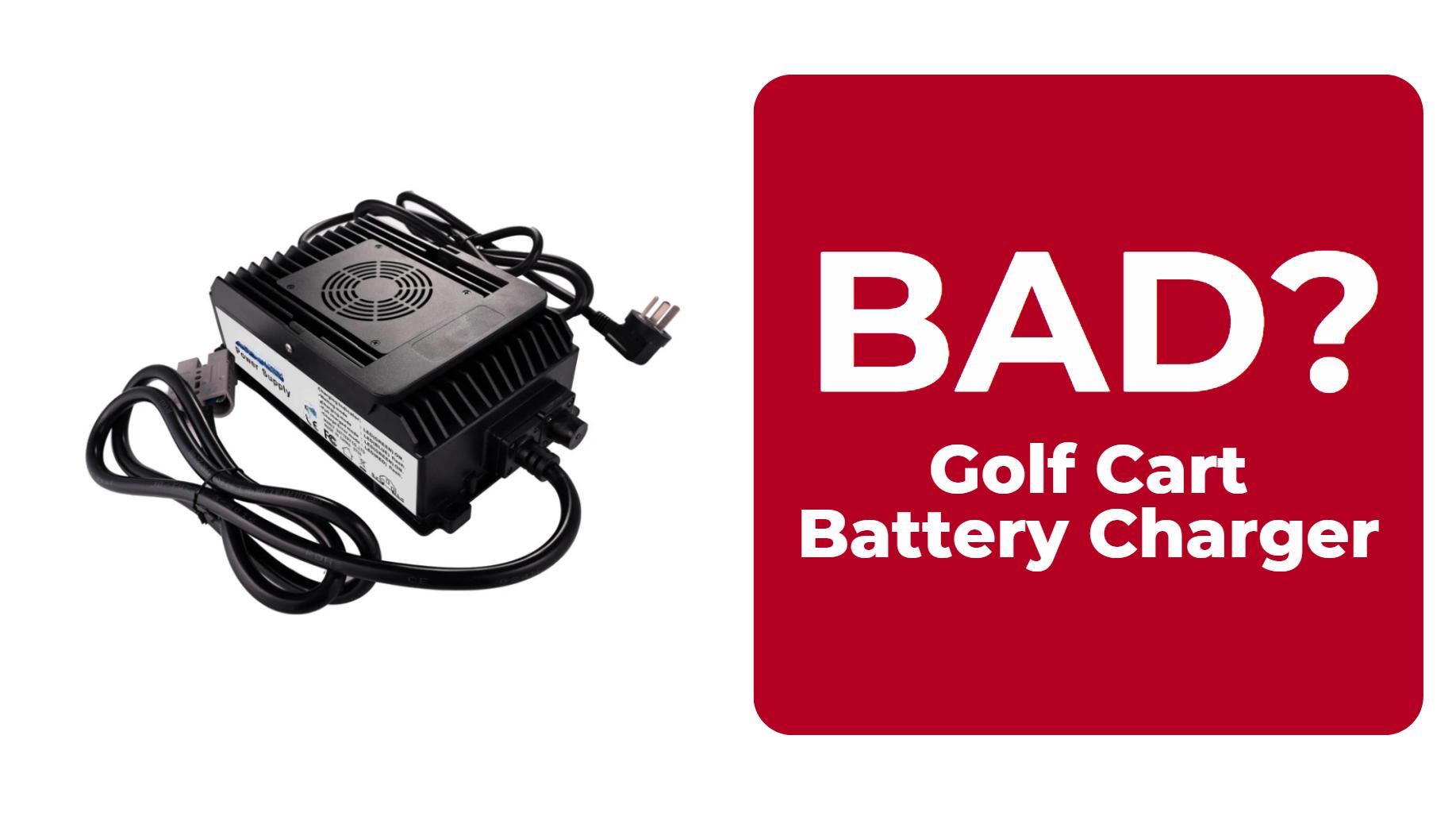To identify a bad golf cart battery charger, visually inspect the charger for physical damage or frayed wires, listen for unusual buzzing noises, and perform a voltage test with a digital multimeter to verify correct output voltage. Testing the charger on another cart or using a different charger on your cart helps confirm charger or battery faults. Overheating or excessively long charging times also indicate possible charger failure.
How Do You Visually Inspect a Golf Cart Battery Charger for Damage?
Start by examining the charger’s casing and cables for cracks, frayed wiring, or exposed conductors, as physical damage can cause charging issues or safety hazards. Also, check the connectors to ensure they are clean, firmly attached, and free from corrosion or debris that could disrupt the connection.
What Unusual Noises Indicate a Faulty Golf Cart Battery Charger?
Buzzing, humming, or intermittent clicking sounds during charging often suggest internal electrical or component failure. These noises can indicate transformer issues, damaged capacitors, or failing circuit boards inside the charger that compromise its performance and reliability.
How Do You Perform a Voltage Test to Check the Charger?
Set a digital multimeter to the appropriate DC voltage range and measure the charger’s output terminals while connected or under load. For a 36V system, expect roughly 36V output; for 48V systems, about 48V. A reading of zero or significantly off voltage indicates the charger is faulty.
How Can Testing with Another Charger or Golf Cart Help Diagnose the Problem?
Trying your charger on a different golf cart can reveal if the charger works properly elsewhere. Conversely, using a known good charger on your golf cart and verifying if it charges correctly helps isolate whether the problem lies with the charger or the batteries themselves.
What Does Charging Performance Reveal About Charger Health?
If charging durations are much longer than usual, it may indicate a declining charger efficiency or internal faults. Overheating chargers that become excessively warm during operation are likely malfunctioning. Inconsistent charging levels or failure to shut off after full charge signal potential issues with the charger’s On-Board Computer (OBC).
Charging Performance Indicators Chart
| Symptom | Possible Problem |
|---|---|
| Excessive Charging Time | Charger efficiency loss or failure |
| Overheating Charger | Internal circuit or cooling problem |
| Inconsistent Charge Levels | Faulty OBC or control electronics |
How Does a Faulty On-Board Computer (OBC) Affect Your Charger?
The OBC regulates charging cycles—overcharge protection, shutoff, and voltage control. A malfunctioning OBC can cause the charger to overcharge, undercharge, or fail to terminate charging, leading to battery damage or safety risks.
What Safety Risks Come with Using a Bad Charger?
Using a defective charger risks overheating, electrical shorts, battery damage, and in severe cases, fire hazards. Identifying problems early through the methods described is essential to safeguard your golf cart and property.
Redway Battery Expert Views
“A reliable charger is as critical as quality batteries for optimal golf cart performance. At Redway Battery, we design chargers with robust protections and intelligent controls to eliminate safety risks and extend battery life. Early detection of charger failure through visual checks and voltage tests ensures maintenance is swift and effective, protecting your investment.” — Expert from Redway Battery
Conclusion
Identifying a bad golf cart battery charger requires a multi-step process involving visual inspection, noise recognition, voltage testing, cross-testing with alternate equipment, and monitoring charging performance. Paying close attention to overheating, excessive charge times, and inconsistent behavior can help detect charger faults early. Utilizing proper diagnostics and trusted products like Redway Battery chargers ensures a safer, more reliable charging experience.
FAQs
How do I know if my golf cart battery charger is bad?
Look for physical damage, abnormal noises, incorrect voltage output, slow charging, and overheating as key signs.
Can I test my charger with a multimeter?
Yes, measuring the charger’s DC output voltage with a multimeter helps verify if it provides correct voltage.
What if the charger works on another cart but not mine?
Your golf cart batteries or wiring may be at fault if the charger functions properly on a different cart.
What causes a charger to overheat?
Internal electrical faults, poor ventilation, or component degradation can cause overheating.
Why is the On-Board Computer important in a charger?
It controls charging safety and cycles, preventing battery damage from overcharge or undercharge.






